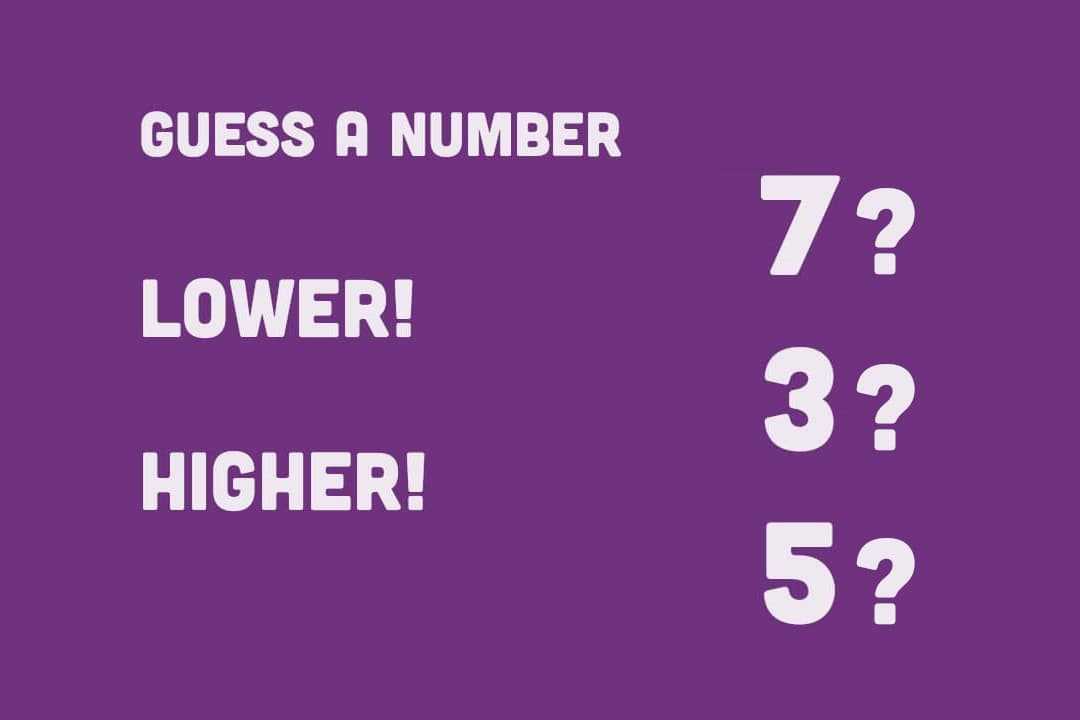Challenges
Featured Challenge:
#11 — 3D Terrain Generation with Perlin Noise
Let's fly to new heights with a 3D terrain coding challenge! Using Perlin Noise and beginShape() + endShape() with triangle strips, I'll guide you through visualizing a 3D procedural terrain in Processing.
Filter by Language
JavaScript
Filter by Topic
Pick a topic to filter


















































